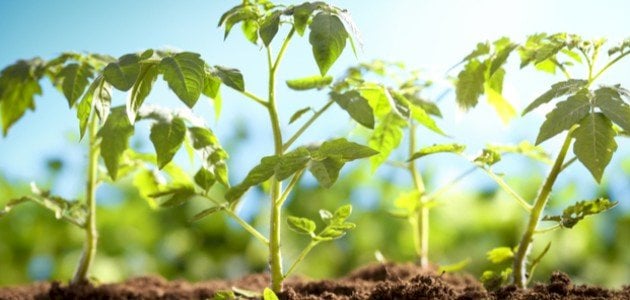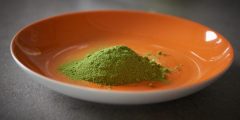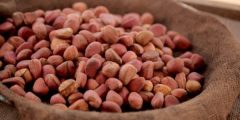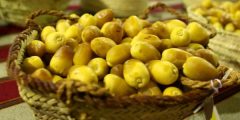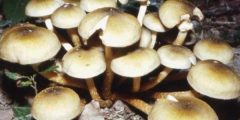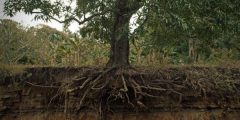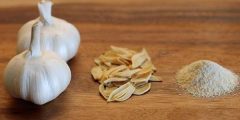The main stem parts of the plant
The stem represents the central axis of the plant the leg Part of the many parts of a plant, often found above the ground, where it bears the leaves and connects the buds, leaves, and roots.[XNUMX] In many cases, the stems may be found underground, and regardless of their location, they may be highly branched, herbaceous, or woody, and their length ranges from a few millimeters to hundreds of meters, and their thickness varies depending on the type of plant.[XNUMX]
It is worth noting that the stem performs many tasks that contribute to the survival and growth of plants in different habitats. The importance or basic function of the stem lies in transporting water, minerals, and food to different parts of the plant. It also contains defensive properties that protect plants from infection and devouring insects. A fundamental and important role in increasing the height of the plant, which leads to increased exposure to the sunlight it receives, and this in turn contributes to the success of the plant and stimulates it to carry out photosynthesis.[XNUMX]
Knowing that photosynthesis is known as the process by which plants use sunlight, carbon dioxide, and water to form oxygen and energy in the form of glucose, which is their main food.[XNUMX] The stem consists of 7 main parts, each of which is characterized by performing tasks necessary for plant growth, which are explained as follows:
Read also:Benefits of ginseng
Contract
The nodes located on the stem and branches represent the area of active division in the stem that works to form buds, leaves, and branching branches and provide structural support for the plant. In addition, they help in reproducing new parts of the plant or an entire plant when the stem is cut, such as roses and salvia plants. .[XNUMX]
Internal nodes
Internodes represent the internal area that lies between two successive nodes, which are spaced apart from each other between the nodes in most plants. However, in dwarf conifers, these nodes are short-term, which leads to the separation of the two adjacent nodes from each other, and their function lies in transporting water. And minerals from one node to another and provide height for the plant.[XNUMX]
Terminal bud
The terminal or apical bud of the plant (in English: Terminal bud) is located at the top of the stem, and it is the main growth area in the plant because it contains cells that are in a constant state of division known as the “apical meristem,” and their mission is to produce the plant’s vegetative and reproductive tissues and organs. There are also around it A complex arrangement of nodes and parts of mature leaves.[XNUMX]
Axillary bud
The axillary bud is known as a small bud that grows between the stem and the axil of the leaf. It contributes to the development of the vegetative parts of the plant, its side branches and leaves, and works to develop the flowers. It is worth noting that the axillary bud is a part with little activity and grows under appropriate conditions required by it. The plant.[XNUMX]
Read also:Where is the oud extracted from?
Petiole
The petiole is known as the thin stem of the leaf, and its tasks are based on providing support for the leaf by stabilizing it and connecting it to the stem node. It also transports water and minerals from the stem to the leaf, in addition to transporting the products of photosynthesis to all parts of the plant. A leaf that has a petiole is called a petiole. While leaves that do not have petioles are known as sessile leaves.[XNUMX]
leaves
Leaves are the delicate part of the plant that arises from the nodes on the sides of the stem. They are usually green in color and their function lies in the exchange of gases such as oxygen and carbon dioxide. They also help the plant cool through the process of transpiration through which the loss of Water is in the form of water vapor, in addition to helping the plant produce the necessary food through the process of photosynthesis. [XNUMX]
flowers
Flowers represent the most attractive part of the plant due to their many colors and differences in shape and size, which work to attract bees to carry out the pollination process by transferring the pollen from the male part to the female part of the flower, and the flowers are located on the stem of the plant.[XNUMX]
Read also:The best types of dates
Types of stem in plants
The function of the stem in a plant is to perform various vital processes the leg The main part of water transport in the plant, and based on the location of the stem in relation to the ground,[XNUMX] The stem shapes in the plant are divided into 3 types as follows:[XNUMX]
Underground leg
Underground stem, This type usually remains at ground level to produce sprouts above the soil. Examples include: the tuber, which forms a stem that extends horizontally underground, like a potato, and the bulb, which is a short stem underground, like an onion.[XNUMX]
A leg under the antenna
Sub-aerial stem, The stem under the antenna runs parallel to the ground, and gives roots at different intervals. The stem is divided into two parts, one above the ground and the other below the ground. Examples include: mint and jasmine.[XNUMX]
Antenna stalk
Aerial stem, This type is above ground and helps in forming support for the plant, in addition to vegetative propagation, which consists of a main stem from which secondary stems branch out. These secondary stems carry buds, and it is found in roses and xerophyte plants.[XNUMX]
Conclusion
Plants consist of 7 main parts, including the stem, which helps transfer germs from the roots to the remaining parts of the leaf. The stem of a plant is defined as one of its main parts, and its role is focused on transporting water in the plant and providing support and the basic structure that helps the plant to stand upright and later develop into a tree.
Stems, whether above or below the ground, are characterized by the presence of multiple parts, including nodes, which represent the primary growth point, internal nodes, which is the area between two nodes, and other terminal and axillary buds, peduncles, leaves, and flowers. It is worth noting that the stem has multiple types and usually contributes to reproduction and the cultivation of flowers and fruits.
